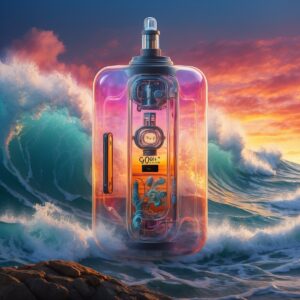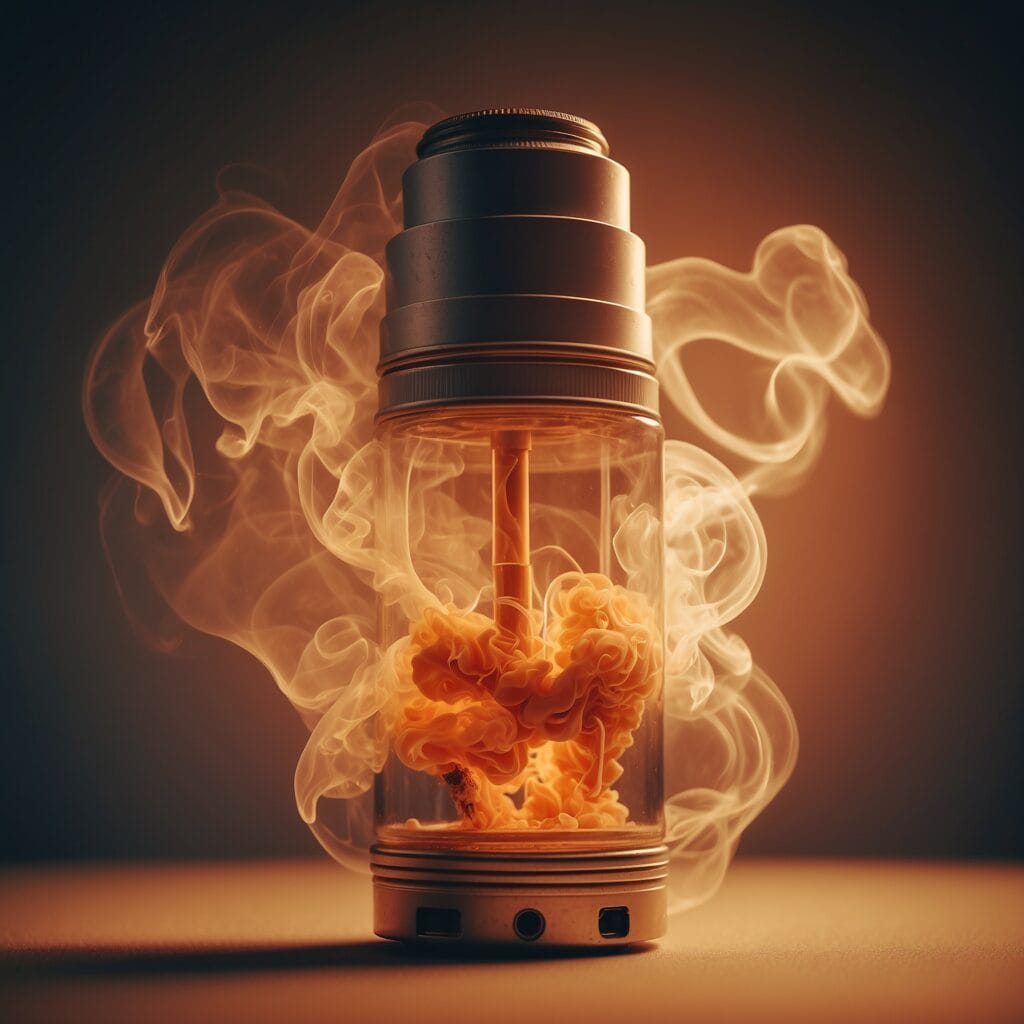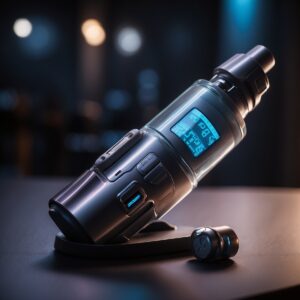Nicotine has been around for over 3,400 years, but only recently have we found ways to smoke without it. Vaping has changed the world of smoking forever. Now that nicotine can be removed from the picture, we can finally run real tests and separate the habit from the addiction. In this article, we’ll go over ingredients, health implications, benefits, risks, and who nicotine-free vaping might be suitable for.
What Does “Nicotine-Free” Vaping Even Mean?

The answer might sound self-explanatory, but it helps to look at what remains in a nicotine-free e-liquid once nicotine is removed.
Propylene Glycol (PG)
A synthetic organic compound that’s clear, colorless, and slightly sweet. PG is used to carry nicotine and flavorings, creates the “throat hit” sensation, and blends smoothly with vegetable glycerin to produce the vapor clouds people enjoy.
It is generally recognized as safe by the FDA and has a wide range of uses:
-
Food: ice cream, salad dressings, soft drinks, frostings.
-
Pharmaceuticals: asthma inhalers, cough syrups, solvent for oral and injectable medications.
-
Cosmetics: perfumes, toothpaste, shampoos, conditioners.
Vegetable Glycerin (VG)
A sugar alcohol compound usually derived from soybean, coconut, or palm oils through hydrolysis. It’s clear, odorless, thick, and naturally sweet. VG is generally recognized as safe by the FDA.
In vaping, VG creates dense, smooth vapor clouds, making it popular with “cloud chasers” and with those who prefer a softer throat hit. It also appears in:
-
Food industry: sweetener, solvent, preservative.
-
Pharmaceuticals: capsules, lozenges, skin ointments.
-
Cosmetics: lotions, creams, soaps.
⚠️ Do not attempt to make or handle raw PG/VG products yourself. These compounds are prepared for vaping use by professionals.
Flavorings
Flavorings can be organic or synthetic, and often are the same compounds used in food and drinks. From fruits and desserts to menthol and tobacco profiles, the variety is enormous. The only difference is instead of eating them, you’re now inhaling them, which raises its own set of questions.
The Health Angle | Gains and Losses
Gains
-
Zero nicotine addiction: No nicotine means you’re either starting on a clean slate or making the right choice to wean yourself off smoking. Nicotine itself can reduce appetite, cause sleep disruption, raise heart rate and blood pressure, and fuel anxiety or irritability. Removing it breaks the cycle.
-
No cravings: Cravings are unpleasant, they can make you short-tempered, nauseous, or restless. Nicotine dependency literally rewires neural pathways that stick around for years. Without nicotine, those pathways stop being reinforced.
-
No withdrawals: Withdrawal is the brain and body fighting against themselves. Without nicotine, there’s no withdrawal period, no stressful imbalance, and no “crash” after skipping a dose.
Losses
-
You’re still inhaling unwanted substances: heavy metals, additives, flavoring by-products. In large quantities, these can still cause harm, especially with stronger vape devices. Potential risks include throat irritation, persistent cough, and rare but concerning conditions like “popcorn lung.”
-
Remember: less harmful ≠ harmless.
Unseen Factors

-
Ex-Smokers: Nicotine-free vaping can serve as a softer transition away from cigarettes or nicotine vapes. It’s easier to manage than going “cold turkey.”
-
Reinforcing Habits: For some, the ritual of vaping itself can become habit-forming and may lead back to nicotine-containing products. In this sense, nicotine-free vaping can act like a “gateway.”
-
Curious Users: For non-smokers, it’s an appealing way to experience the ritual of smoking without the addictive hook.
-
Teen Concerns: Because it looks and feels safer, teens may see nicotine-free vaping as harmless. But inhaling flavored vapor still builds a habit, muscle memory, and psychological associations that could lead to riskier smoking behavior later.
Alternatives Worth Considering

There are other ways to manage cravings or the hand-to-mouth habit:
-
Nicotine replacement therapy (NRT): gums, patches, lozenges.
-
Behavioral replacements: teas, chewing sticks, biltong, mindfulness techniques.
-
CBD vapes: a non-nicotine option with different effects, though research is ongoing.
Conclusion
Nicotine-free vaping removes the most notorious risk, addiction. That alone makes it a meaningful step forward, especially for smokers looking to quit or reduce harm. Yet it doesn’t make vaping “healthy.” You’re still inhaling chemical compounds that were designed for food, not lungs, and the long-term effects remain uncertain.
If you’re an ex-smoker, nicotine-free vaping can be a bridge toward quitting altogether. While if you’ve never smoked before, think twice, because while nicotine-free vaping avoids dependence, it still carries risks and may encourage habits that are difficult to break.
In the end, the healthiest choice is no smoke and no vapor at all, but if the choice is between nicotine and no-nicotine vaping, removing nicotine is a solid first step in the right direction.



